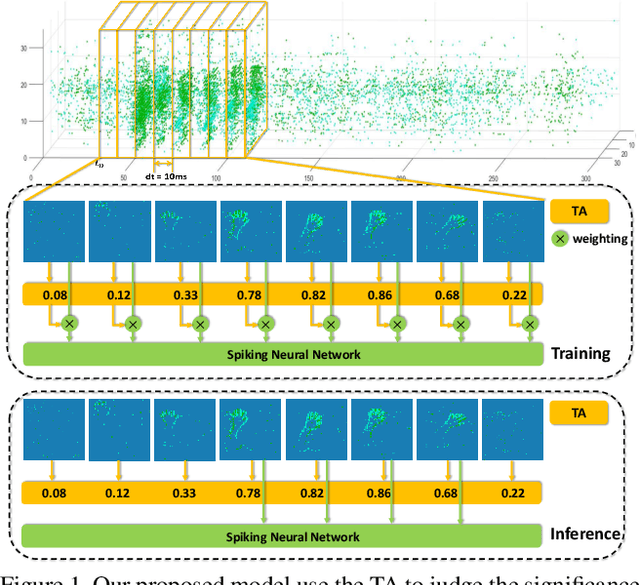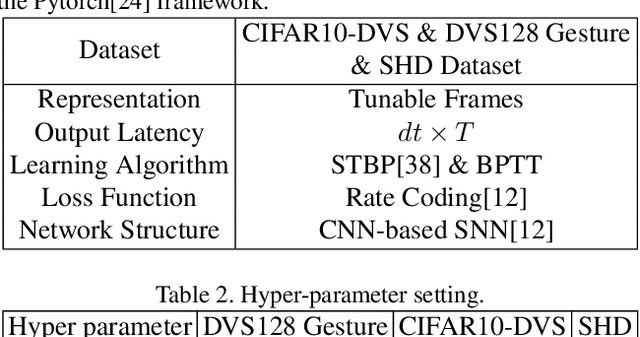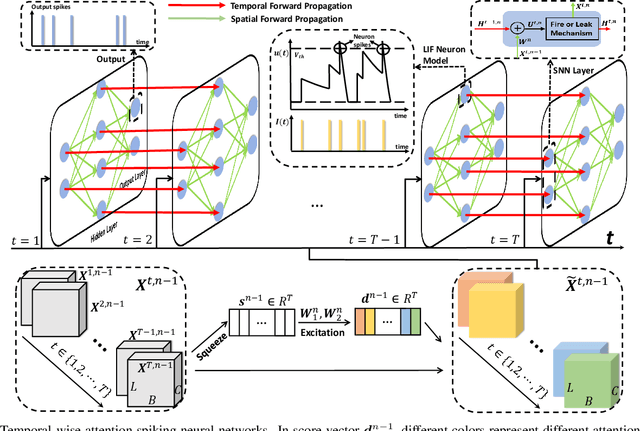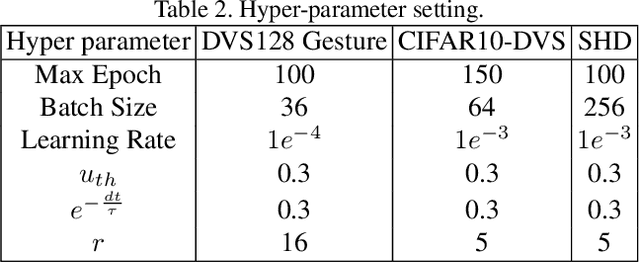Huanhuan Gao
Strategic priorities for transformative progress in advancing biology with proteomics and artificial intelligence
Feb 21, 2025

Abstract:Artificial intelligence (AI) is transforming scientific research, including proteomics. Advances in mass spectrometry (MS)-based proteomics data quality, diversity, and scale, combined with groundbreaking AI techniques, are unlocking new challenges and opportunities in biological discovery. Here, we highlight key areas where AI is driving innovation, from data analysis to new biological insights. These include developing an AI-friendly ecosystem for proteomics data generation, sharing, and analysis; improving peptide and protein identification and quantification; characterizing protein-protein interactions and protein complexes; advancing spatial and perturbation proteomics; integrating multi-omics data; and ultimately enabling AI-empowered virtual cells.
Neural Dynamic Data Valuation
Apr 30, 2024Abstract:Data constitute the foundational component of the data economy and its marketplaces. Efficient and fair data valuation has emerged as a topic of significant interest.\ Many approaches based on marginal contribution have shown promising results in various downstream tasks. However, they are well known to be computationally expensive as they require training a large number of utility functions, which are used to evaluate the usefulness or value of a given dataset for a specific purpose. As a result, it has been recognized as infeasible to apply these methods to a data marketplace involving large-scale datasets. Consequently, a critical issue arises: how can the re-training of the utility function be avoided? To address this issue, we propose a novel data valuation method from the perspective of optimal control, named the neural dynamic data valuation (NDDV). Our method has solid theoretical interpretations to accurately identify the data valuation via the sensitivity of the data optimal control state. In addition, we implement a data re-weighting strategy to capture the unique features of data points, ensuring fairness through the interaction between data points and the mean-field states. Notably, our method requires only training once to estimate the value of all data points, significantly improving the computational efficiency. We conduct comprehensive experiments using different datasets and tasks. The results demonstrate that the proposed NDDV method outperforms the existing state-of-the-art data valuation methods in accurately identifying data points with either high or low values and is more computationally efficient.
Temporal-wise Attention Spiking Neural Networks for Event Streams Classification
Jul 25, 2021



Abstract:How to effectively and efficiently deal with spatio-temporal event streams, where the events are generally sparse and non-uniform and have the microsecond temporal resolution, is of great value and has various real-life applications. Spiking neural network (SNN), as one of the brain-inspired event-triggered computing models, has the potential to extract effective spatio-temporal features from the event streams. However, when aggregating individual events into frames with a new higher temporal resolution, existing SNN models do not attach importance to that the serial frames have different signal-to-noise ratios since event streams are sparse and non-uniform. This situation interferes with the performance of existing SNNs. In this work, we propose a temporal-wise attention SNN (TA-SNN) model to learn frame-based representation for processing event streams. Concretely, we extend the attention concept to temporal-wise input to judge the significance of frames for the final decision at the training stage, and discard the irrelevant frames at the inference stage. We demonstrate that TA-SNN models improve the accuracy of event streams classification tasks. We also study the impact of multiple-scale temporal resolutions for frame-based representation. Our approach is tested on three different classification tasks: gesture recognition, image classification, and spoken digit recognition. We report the state-of-the-art results on these tasks, and get the essential improvement of accuracy (almost 19\%) for gesture recognition with only 60 ms.
 Add to Chrome
Add to Chrome Add to Firefox
Add to Firefox Add to Edge
Add to Edge